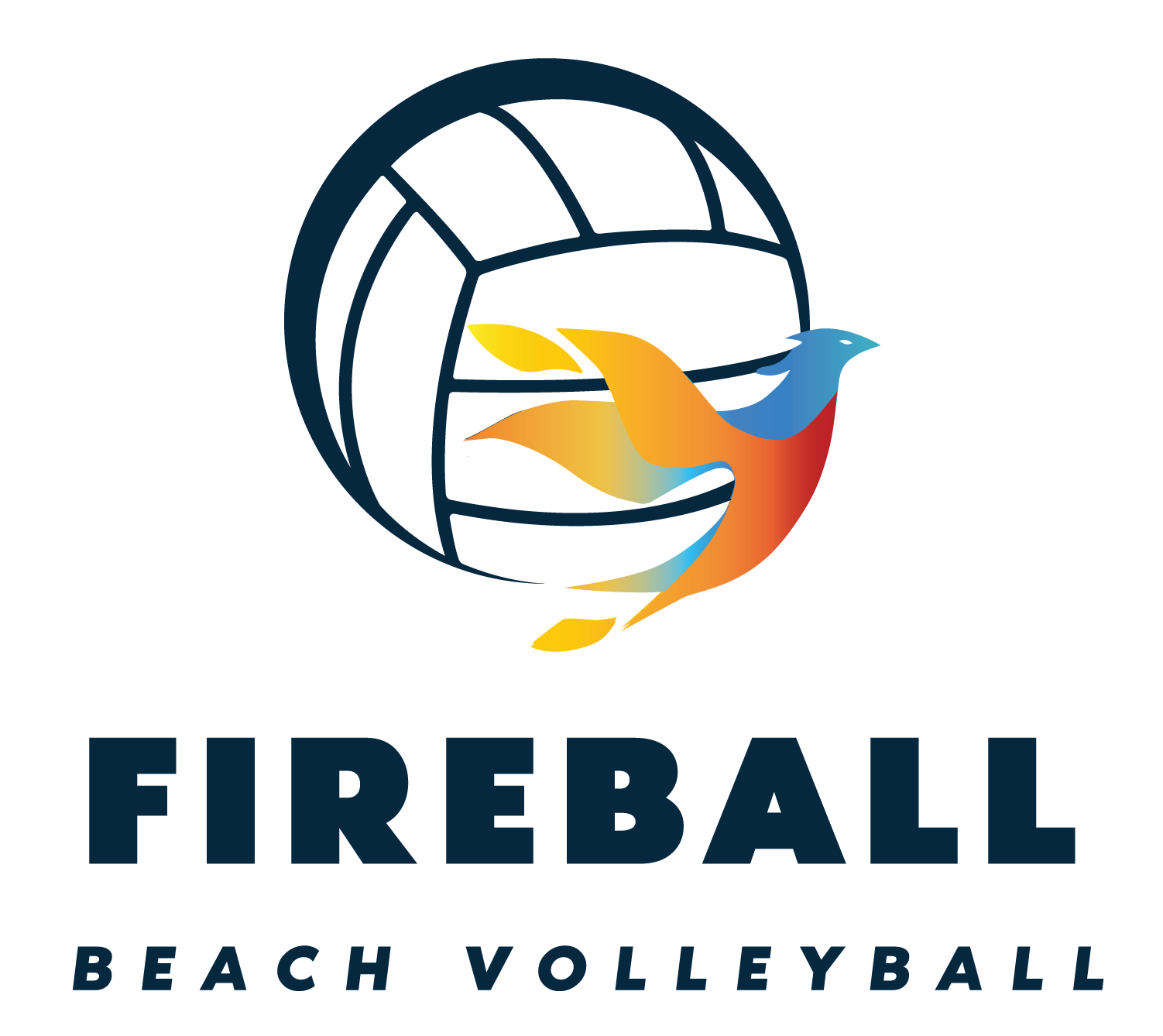
Introduction
There are loads of talking points behind passing a beach volleyball, and every coach has a slightly different take on the things they regard as the most important aspects that they coach. As a player, my experience has been that I have bolted on elements to my passing from almost everyone that I have been coached by. For what is a simple skill, there seems to be a hundred ways to get the same result.
In reality, for most top passers, although they may all have all been given different cues by their coaches, the end result looks the same. Good passers:
- Cut the ball off early in its flight.
- Create an angle with their arms to direct the ball back into court
- Show their partner where they intend the ball to go before they even contact the ball.
Below are three tips that I have found useful in my search to reach these three points. Let me know what you think at the end!
Tip 1: Get your platform out early
The moment when this point really clicked with me for the first time was watching the 2017 World Championships Final between Brazil and Austria. Evandro, probably the best server in the world, was heaping pressure on Clemens Doppler, the Austrian blocker and left-side passer. Evandro is probably the fastest server in the world-he hits the ball down, from a metre or two within the baseline, at great speed. Challenging.
Doppler did not pass every ball to a perfect position. He got aced a couple of times. But that’s almost a given-some often serves go so fast to difficult areas that they are almost impossible to receive. However, Doppler made a couple of technical adjustments to make his passing as effective as possible under pressure. He made sure that he started with his arms well in front of him, about shoulder width. You can watch a string of three passes here (although he doesn’t side out the first two, the passes themselves are pretty good!)
What this means is that Doppler can react quickly to wherever the ball is. He didn’t have time to make more than one step, if that-all he could do was try to get his arms together behind the ball before it goes past him.
Tip 2: Be efficient with your feet
Something that I’m still learning here: sometimes, less is more. Don’t get me wrong, moving your feet is absolutely essential for passing-especially short serves and float serves. But it’s really important that all of your footwork is purposeful and attacks the point where you contact the ball.
What I see a lot when I’m coaching is that people take a step in a direction before they know where the ball is going to end up. So, for example, if you see the ball going to your left, you take a sidestep in that direction before you work out whether the ball is going deep or short.
I think part of the reason for this is that beginners are often taught to pass the ball from directly in front of them-what is often called the ‘midline’. So they are obsessed with getting in line with the ball, and then adjust to the depth once they are there. The problem with this is that, while it works with a nice feed serve, as you start facing faster serves this just isn’t feasible. Karch Kiraly talks about why he doesn’t like midline passing here.
So the role of the feet, for me, is to get yourself to a stable position from which you can give the arms some space to form a passing platform behind the ball. This means that hips need to stay low and behind the ball, allowing you to clear the arms out in front of you. Check out the following couple of photos, of American international players April Ross and Sara Hughes in their passing position:
Tip 3: Be solid behind the ball
One exercise I do with almost all groups that I coach passing to is to get them to hold and emphasise their passing position after they’ve passed. This is a really useful exercise because it allows the player to realise what they are doing with their body at the point of ball contact.
Because of the nature of our game, we are always thinking about what’s next: moving and preparing to hit. Because of that, we don’t necessarily realise what we are showing to our partner.
A good pass isn’t just about getting the ball into a good area to set-it’s also about showing your partner where the ball is going to go, so they can get ready to set. If you are constantly compensating during the point of contact with a big arm swing or a late foot movement to twist yourself towards a target point, then even if the pass goes to a good location, it’s SO hard for your setter to read (and it’s less replicable!)
So my third and final point for the next time you get out there and pass is to think about exaggerating making it obvious where the ball is going to go-really hold your final position after passing. You should find that it makes you plant your feet a little more and stop you twisting or swinging your arms as much. There are a couple of useful drills to practise this by Better at Beach here.
I’d love to hear your feedback-let me know what you think about these tips below!








